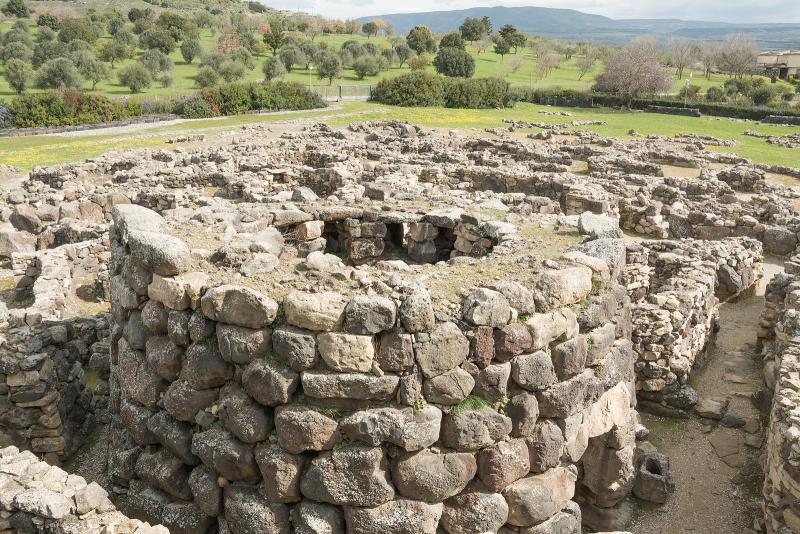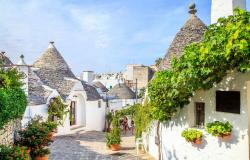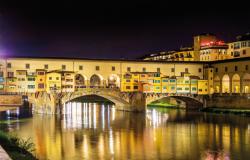Wonders of Italy: Sardinia’s Nuraghi
ITA:

Use player to listen to Italian version

The prehistoric Nuragic civilization takes its name from the building that has become its emblem: the nuraghe, an ancient word meaning ‘pile of stones’ or ‘cavity’. The story of the nuraghi begins around 1500 BC during the Bronze Age on the island of Sardinia.
The indigenous Nuragic people were a sophisticated and complex civilization dedicated to trade and navigation; they were expert seamen who, through the centuries, were able to establish trade relationships with all the major populations of the Mediterranean until, around the 5th century BC, they fell victim to the expansionist aims of the Phoenicians who progressively occupied all of Sardinia causing the decline of the island’s autochthonous civilization.
The Nuragic left not only the mysterious, fascinating nuraghi (7,000 of them!), but also other important monuments such as the Tombs of the Giants, sacred temples and wells, villages.
We still don’t know exactly what the function of the nuraghi was. Like skyscrapers today, they may have been used for many different purposes.
Take Barumini for example, the most important Sardinian site of the Nuragic civilization. Because of its structure - four towers oriented towards the cardinal points with a fifth tower in the center - it has been said that it is the oldest castle of the Western civilization. However, given its height, it could also have served as a watchtower to monitor potential threats from the sea; or it could have been part of a fortified complex and therefore have had a military function. It has also been speculated that a shepherd-king lived there with his family.
Leaving theories about their functions aside, the nuraghi surprise for their building ability: these are structures without foundations, erected directly on the bare rock, without mortar, dry. When we look at them closely, we see that the boulders are squared and placed in a way that is only apparently random; between the rows of large stones are smaller stones whose function is to level the layers so that the construction does not crumble.
Barumini is located in southern Sardinia, about 50 kilometers north of the regional capital of Cagliari. It is a Unesco World Heritage site.
La civiltà preistorica nuragica prende il nome dall'edificio che ne è diventato il simbolo: il nuraghe, termine antico che significa ‘mucchio di pietre’ o ‘cavità’. La storia dei nuraghi inizia intorno al 1500 aC, durante l'Età del Bronzo, nell'isola della Sardegna.
La civiltà degli antichi sardi era una civiltà sofisticata e complessa dedita al commercio e alla navigazione; erano esperti marinai che, nel corso dei secoli, seppero instaurare rapporti commerciali con tutte le maggior
Elevate your experience by becoming a Premium Member today and unlock limitless access to our exclusive Italy intelligence along with a host of members-only perks:
-
Unlimited access to premium digital content
-
Weekly newsletters exclusively crafted for members
-
Bellissimo quarterly digital magazines
-
Buongiorno monthly newsletters
-
Access to a collection of eBooks and mini-guides
-
Exclusive monthly offers and downloads
-
An ItaliaPass Primo membership providing savings of $249+ on your Italy trip
Immerse yourself in the richness of Italy with unparalleled benefits and insights for less than the cost of a cappuccino per week!
Already a member? Sign in here.











